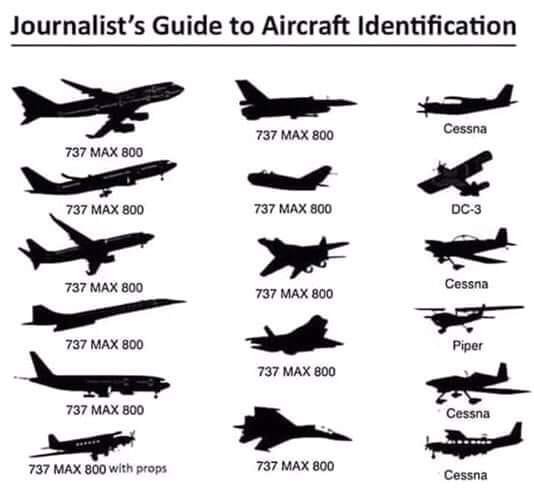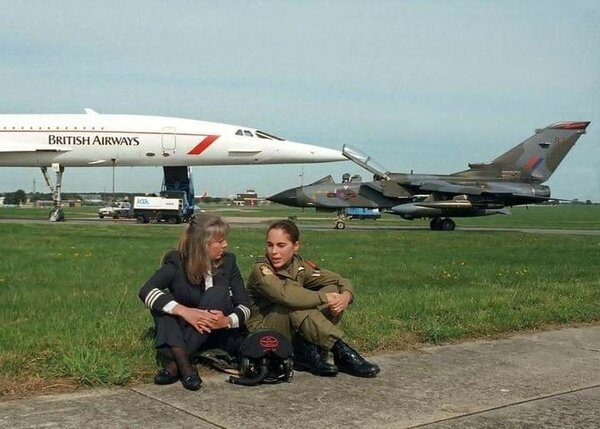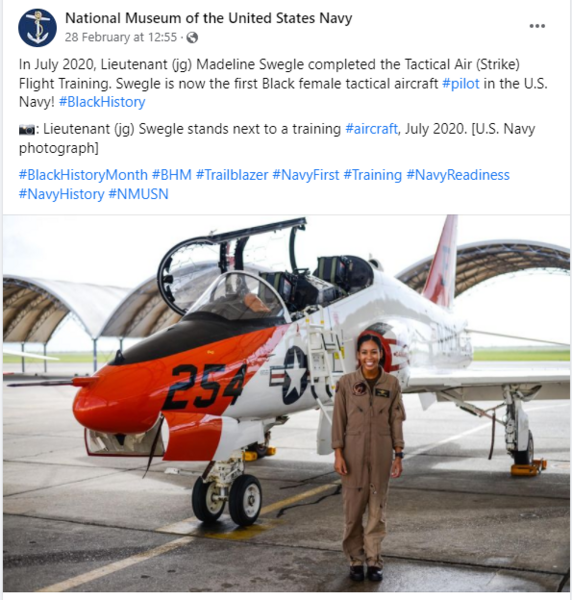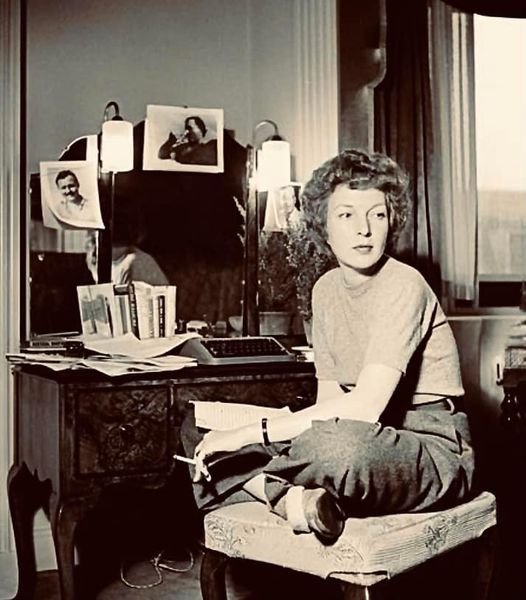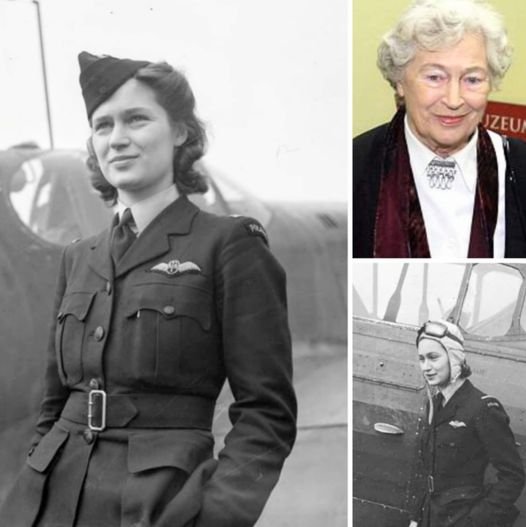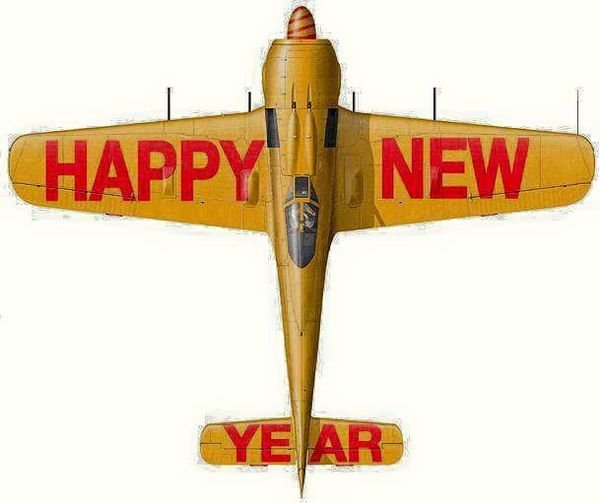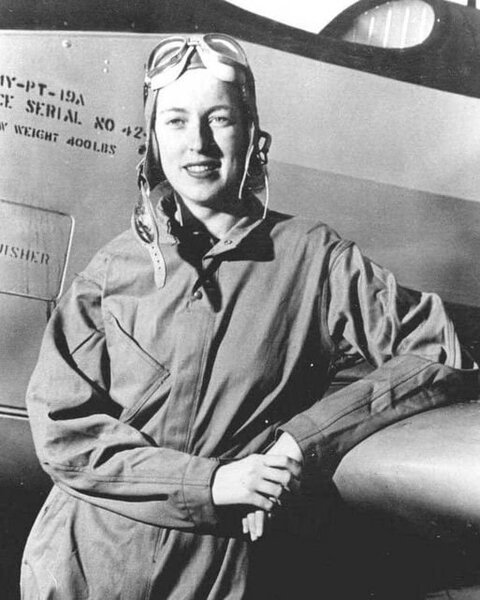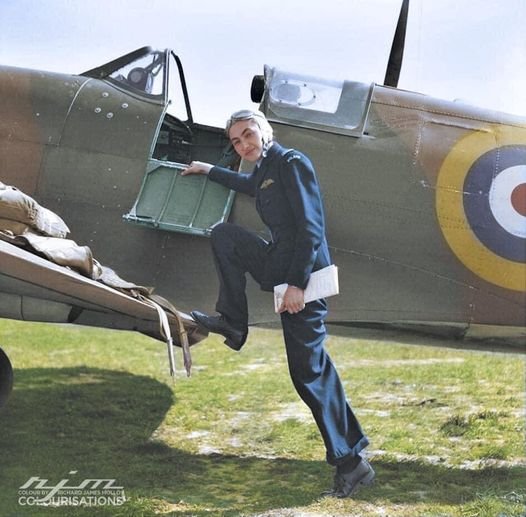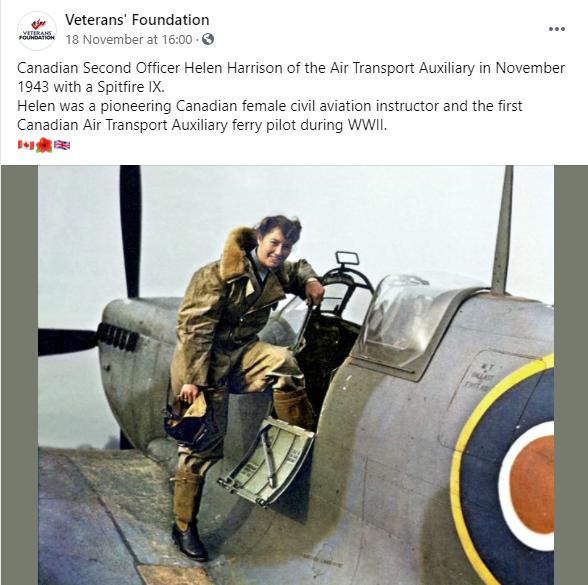-
Posts
3,887 -
Joined
-
Last visited
-
Days Won
30
Content Type
Profiles
Forums
Gallery
Downloads
Blogs
Events
Store
Aircraft
Resources
Tutorials
Articles
Classifieds
Movies
Books
Community Map
Quizzes
Videos Directory
Everything posted by Phil Perry
-
Thankyou Peter. I'm still here, but lost my lovely Wife Angie on Aug 30 primarily from covid 19. which complicated a lung infection.
-
Aurora from 19 hrs ago. Caught a meteor in this frame too. 24mm f/1.4 lens, Canon 5D3.
-
-
On this month 29 years ago, Captain Barbara Harmer became the first female pilot of the Concorde. Later that year, she flew her first #Concorde flight as Captain from London Heathrow to New York. Here she shares a moment with Flt. Ltd. Jo Salter, the first RAF female fast jet pilot, flying the Panavia #Tornado ground attack aircraft with 617 Squadron. Two of the many astonishing achievements women in the industry have made and continue to make. Today, on #InternationalWomensDay, join us in celebrating these! Credit: adriandowling-aviation.co.uk #veteranowned #veterans4veterans #veterans #veteran #veteransupport #InternationalWomensDay2022
-
Elizabeth L. Gardner, age 22, WASP pilot, at the controls of a B-26 Marauder, during World War II. One of the first WASPs, she was a trained test and instructor pilot. After the War, she had a long career in aviation, both as a commercial pilot and as a much more dangerous test pilot. Part of her work was testing parachutes for aircraft (a parachute for the whole aircraft, not just the pilot). On both of the tests she did for this equipment, the aircraft parachute failed, forcing her to bail out. She died in 2011, at the age of 90. During World War II, the Women’s Airforce Service Pilots (WASP) (the follow-on organization to the earlier Women’s Flying Training Detachment (WFTD) and the Women's Auxiliary Ferrying Squadron (WAFS)), towed aerial targets, ferried aircraft, and performed test flights, freeing men for combat duty. Just over 1,000 of these pioneering women flew over 60 million miles in all types of military aircraft. Thirty-eight of these women lost their lives in service to their country, and one, Gertrude Tompkins, disappeared while on a ferry mission, her fate still unknown. Although performing a military mission, the WASPs were seen as civilians — they did not gain status as US Veterans until 1977.
-
- 4
-

-

-
She wasn’t supposed to be there of course. She was meant to be in relative safety, sitting on a transport barge in the English channel with all the other journalists. But the previous evening, Martha Gellhorn had boldly boarded a hospital barge with her press credentials and the story that she was there to interview nurses. It was a sham, of course, but it got her onboard, where she found a bathroom and locked herself in. She spent a miserable night, horribly seasick, but when she crept out of her hiding place the next morning, she had a front-row seat to one of history’s greatest moments - the invasion of Normandy, June 6, 1944. Thousands of ships and 160,000 men faced the great cliffs as tons of bombs rained from overhead. It would be perhaps the greatest news story of all time, but Martha found that it wasn’t her skill as a writer that was needed. The sea was filled with dead and wounded soldiers, and she leapt into action, helping wherever and however she could. At nightfall, she waded ashore with the medics and found herself on Omaha Beach, a stretcher-bearer with blistered hands, soaked to the skin with sea water and exhaustion. She would labour through the night, the daring she had known the night before transformed into bravery as she followed the mine sweepers. In the days to come, Martha Gellhorn would leave that place a different person; no longer an observer of history, but a participant…the lone woman in the D-Day invasion. Heroism sometimes arrives on a wave of opportunity, and we either rise or we don’t. ( Source: Beloved children of the Holocaust )
- 1 reply
-
- 2
-

-
Roza Rubanenko, born in 1924, combat medic of the Red Army rifle battalion of the 105th Guards Rifle Regiment, 34th Guards Rifle Enakievo Red Banner Division From the award list for the Order of Glory 3rd degree: 'In the extremely difficult conditions of the battle in the area of the Bug River, Roza Rubanenko carried 20 wounded from the battlefield along with their weapons and transported them to the other side of the river. In the battles for the village of Strassburg on April 8, 1944, she carried 15 wounded from the battlefield along with their weapons and, being slightly wounded, did not leave the battlefield and continued to provide medical assistance to the wounded, while taking out two officers from the battlefield and assisting four soldiers . In this battle, Roza Rubanenko was seriously wounded for the second time.' Colour by Olga Klimbim This brave Lady was not an aviator. ( so sue me ) If you read carefully the reports of what she actually did. . . I found her exploits nothing short of amazing.
-
According to the Air Transport Auxiliary Museum and Archive, "Women came from all over the world to join ATA." Twenty five nations were represented, including Canada, Australia, New Zealand, South Africa and the United States. The largest contingent from Europe were 17 Poles, including three women who reached Britain after escaping via the Balkans after the defeat of France by Germany. The youngest daughter of the Marshal Józef Piłsudski, Jadwiga, at the age of 17, began flying gliders and obtained a pilot’s licence in 1937. In 1939 she was a student of aircraft engineering at the Warsaw Polytechnic. After the outbreak of the WWII, Jadwiga fled with her family to Britain. She resumed her studies at Newnham College, Cambridge University in 1940. Jadwiga Piłsudska earned her pilot’s license in 1942 and joined ATA with the rank of Second Flying Officer. Jadwiga flew unarmed military aircraft over the skies of wartime Britain along with Anna Leska and Barbara Wojtulanis. In 1944, Jadwiga married Lieutenant Andrzej Jaraczewski, an officer in the Polish Navy. The couple had two children: a son, Krzysztof Józef and daughter, Joanna Maria. After the war, Jadwiga worked as an architect for London City council and ultimately she and her husband opened a furniture design business. The family returned to Warsaw Poland in 1990. Second Flying Officer Jadwiga Piłsudska Jaraczewska passed away on November 16, 2014 at the age of 94. She lies in rest at Powązki Cemetery in Warsaw Poland. Lest We Forget
- 1 reply
-
- 5
-

-

-
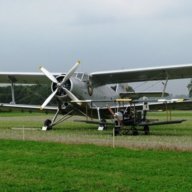
The Interesting story of the Wicko monoplane
Phil Perry replied to Phil Perry's topic in UK/Europe General Discussion
Hello Naith, and welcome to the site. I am a flying nut, and have been for as long as I can remember. There are many organizations who can offer you a trial flight in an airplane, and advise you of some ways of doing this Sir. It would be quite easy to select one near where you live. Good luck, and I hope that you enjoy your first experience of 'lifting into the luft' Phil. -

The Interesting story of the Wicko monoplane
Phil Perry replied to Phil Perry's topic in UK/Europe General Discussion
The closest thing to that design that I've flown was the Auster six . . .though the Wicko looks a little faster. . . And tbh, I'd never heard of the model prior to sighting the article. I had to giggle at Wikner's method of getting home to Australia though; . . . .buying a surplus Halifax bomber and using it to fly his family home from England, along with a few fare paying pax to finance the trip ! ! I'll bet that was a Loooong and uncomfortable ride , , , , Phil P. -
I have been forwarded the link below which may be of interest. https://www.pilotaware.com/post/skygrid-in-detail Phil P.
-
- 1
-

-
Cornelia Clark Fort was a flight instructor on Oahu who was conducting flight training with a student in an Interstate Cadet aircraft on December 7, 1941, when Fort saw a military airplane on a collision course and swiftly grabbed the controls from her student to pull up over the oncoming aircraft. It was then she saw the rising sun insignia on the wings. She quickly landed at John Rodgers airport near the mouth of Pearl Harbour. A pursuing Zero strafed her plane and the runway as she and her student ran for cover. The experience changed her forever, later becoming the second member of what was to be the Women Airforce Service Pilots or WASP. Today marks the #80thAnniversary of the Japanese attack on Pearl Harbour, a sobering reminder of the devastation of war that led to the formal entry of the United States into #WorldWarII. Fort remarked of her service, "I, for one, am profoundly grateful that my one talent, my only knowledge, flying, happens to be of use to my country when it is needed. That’s all the luck I ever hope to have."
-
- 2
-

-

-
Re: PilotAware Ground Station We had a very successful day on Saturday with the installation of a new gound station to the ever-growing network of Pilot Aware Atom Grid Stations. PWOthertn is now live and will make aviation safer by delivering instantaneous traffic and flight information to both pilots and situational awareness for ground based interest. This is possible through the advancements in ground station technology, radio and internet communications, security and integrity providing a bespoke service for the PilotAware ecosystem. For those of you who don't know, PilotAware is an inexpensive portable or fixed, electronic positional awareness system that is used to help you "See" and be "Seen" by other aircraft. Further information can be found at: https://www.pilotaware.com Phil P.
- 1 reply
-
- 1
-

-

Stefania Cecylia Wojtulanis-Karpińska, A T A
Phil Perry replied to Phil Perry's topic in UK/Europe General Discussion
It was Hand coloured, according to the original source Sir. . . Good though Eh ? -
Join us in remembering Stefania Cecylia Wojtulanis-Karpińska, born on this day in 1912. In January 1, 1941 Stefania was appointed as the first foreigner (along with Anna Leska) to the British ATA (Air Transport Auxiliary), which provided airplanes from factories to the airports of individual units and damaged machines to repair factories or scrap yards. Flights were carried out without radio communication, navigation maps, often in bad weather, and it also required learning about the piloting of various types of aircraft supplied, including twin-engine bombers like Vickers Wellington. She was married to a pilot, colonel Stanisław Karpiński. Lest we forget
-

Joan Lily Amelia Hughes A. T. A. MBE
Phil Perry replied to Phil Perry's topic in UK/Europe General Discussion
I'm fine Nev, thanks for asking. I'm sorry if that last post seemed a little depressing !! . . . My good Lady and I are doing OK at the moment, I hope that you are too, notwithstanding the brilliance of various Government people and their weird ideas. -

Joan Lily Amelia Hughes A. T. A. MBE
Phil Perry replied to Phil Perry's topic in UK/Europe General Discussion
Thanks to the Nanny state, along with the dumbing down of society in general; I doubt we shall see their like in years to come. . . . -
Remembering Joan Lily Amelia Hughes, MBE. Joan was a WWII ferry pilot and one of Britain's first female test pilots. Joan started flying training when she was fifteen. At that time, you could fly a plane at any age and so by 17 had she become the youngest qualified female pilot in Britain. As an experienced aviator, Hughes was one of the first eight female pilots accepted into the Air Transport Auxiliary on January 1, 1940 and Hughes was the youngest female pilot to join the service. Initially, Joan flew Tiger Moths from Hatfield Aerodrome, Hertfordshire and soon had more than 600 hours' experience ferrying aircraft around the country. Though small in stature, she ferried all types of aircraft including heavy four-engined bombers such as the Short Stirling. She became both a senior pilot and the only woman qualified to instruct on all types of military aircraft then in service. Joan passed away in 1993, aged 75.
-
On the secondary retirement policy Jerry,. . .no. Abigail is way out of my league mate; . . .but a man can dream ?





